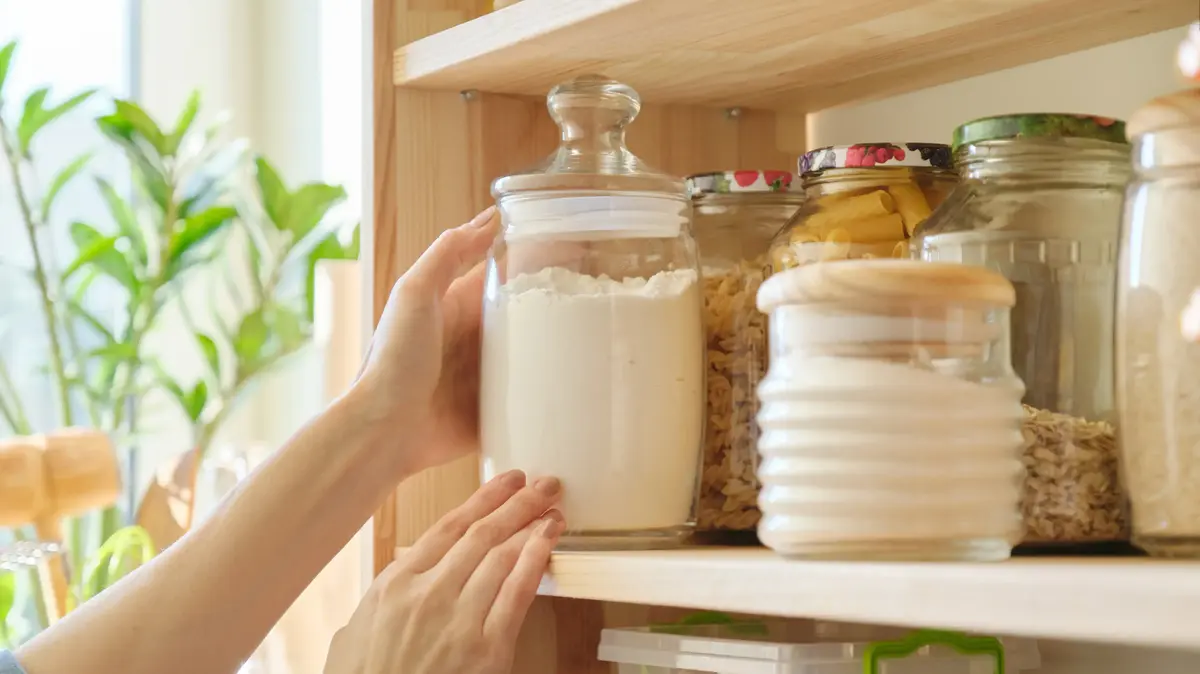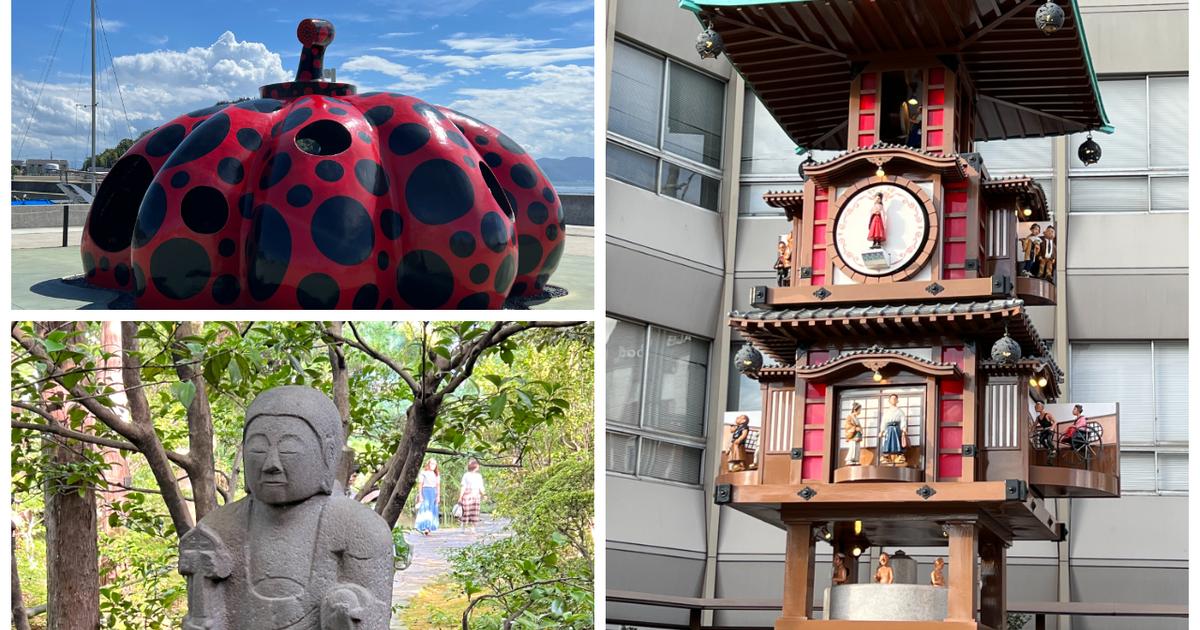Worms, moths and beetles enjoy our cultural treasures. It cannot be prevented that they penetrate museums and archives. But there are strategies to keep the pests at bay.
Nuremberg / Berlin (dpa) - The Blessed Virgin makes the hearts of art lovers bleed. Some parts of the robe have broken off, burn holes are emblazoned in the chest, color has flaked off. But it hit the head the worst.
The upper part is almost destroyed. In the truest sense of the word, the ravages of time gnawed at the centuries-old wooden figure: in this case it was wooden worms.
"They ate their way all over the place," says Oliver Mack, shining a flashlight on the spots. "And here you can see the beetle's excursion holes." Oliver Mack heads the Institute for Art Technology and Conservation at the Germanic National Museum in Nuremberg. As the top restorer, he is responsible for preserving the 1.3 million treasures in Germany's largest cultural history museum. Many of them are thousands of years old.
Light and moisture affect the valuable pieces, but also pests such as clothes moths, rodent beetles or paper fish. The woodworms had already infested the Holy Virgin before she came to the museum. But even there she would not be safe from the animals per se. "You can't absolutely prevent them from having access," Mack says. "But you can control it."
There have always been pests in museums and they have always been combated. In the past, the poison club was mostly used. Today the experts rely on IPM. The abbreviation stands for "Integrated Pest Management", a pest prevention concept that museums in the USA and Great Britain have been using for a long time. "The focus is on prevention," says biologist Bill Landsberger. In this way, he has kept the unpleasant intruders at the State Museums in Berlin in check for ten years.
And prevention starts with the buildings. The insects reach the museum through tiny cracks on the doors and windows. They feel particularly comfortable when they are undisturbed - behind shelves, under cupboards, in grooves and especially in archives and depots. "A serious infestation in the exhibition area is rather rare," says Landsberger.
The Germanisches Nationalmuseum is therefore currently building a new depot 21 meters underground, completely without windows. Lock traps are distributed throughout the museum, which Mack and his team constantly control. In doing so, they want to notice in good time when pests are spreading.
These can multiply extremely quickly and cause enormous damage. Carpets, historical clothes, furs, wood, paper and other cultural treasures made from animal materials are particularly at risk. "These objects are a feast for the eyes," says Landsberger. He must therefore keep an eye on 3500 traps together with the restorers in the various Berlin institutions and renew them regularly.
But especially in smaller houses there is a lack of personnel and expertise. Then experts like Stephan Biebl from Benediktbeuern in Upper Bavaria come into play, who advises museums worldwide on pest control and prevention. Biebl has observed that these now all have problems with the same pests. "On loan, they move from museum to museum." The vermin are not necessarily in the art, but in the transport boxes and packaging. "This is how you spread the pests worldwide," says Biebl.
A Chinese sapwood beetle has just appeared in a German hardware store, says Biebl. Next, it may conquer museums like the paper fish, which has now become a real problem. "It's been growing more and more for two or three years." Paperfish are slightly larger than silverfish - and they have an enormous appetite for paper and cardboard. Biebl has already seen that the insects quickly ripped through canvases and completely destroyed historical music notes.
Experts like him can sometimes only shake their heads at modern and contemporary art. A work of art made of pork bones, rooms full of peanut flips or feathers, Beuy's famous grease stains - all of these attract insects. "This is a land of plenty for pests," says Biebl.
Falling bread crumbs and snacks from the vernissage can also be a welcome meal for them. "You would need more time and money for hygiene," says Andrea Funck, professor of conservation and restoration at the State Academy of Fine Arts in Stuttgart. But cleaning is often inevitable in view of the budgets.
But what to do if worms and moths attack the collection? For example, beneficial organisms that target the pests' eggs or larvae can help. Heat or cold can also kill them. But not every work of art can handle that. Nitrogen is therefore often the method of choice. Like the Germanic National Museum, many houses have their own nitrogen chamber. However, according to an EU regulation, the procedure is currently not permitted. According to Landsberger, the museums should be able to get a special permit in the next few months.
But the best thing is, it doesn't get that far. "The damage to some objects is simply irreversible," says Mack. "We have to live with it somehow." Just like with the Holy Virgin.
Information on the collection of the Germanic National Museum
Information on IPM of the State Museums in Berlin
German Museum Association on the EU nitrogen regulation
Homepage Stephan Biebl









